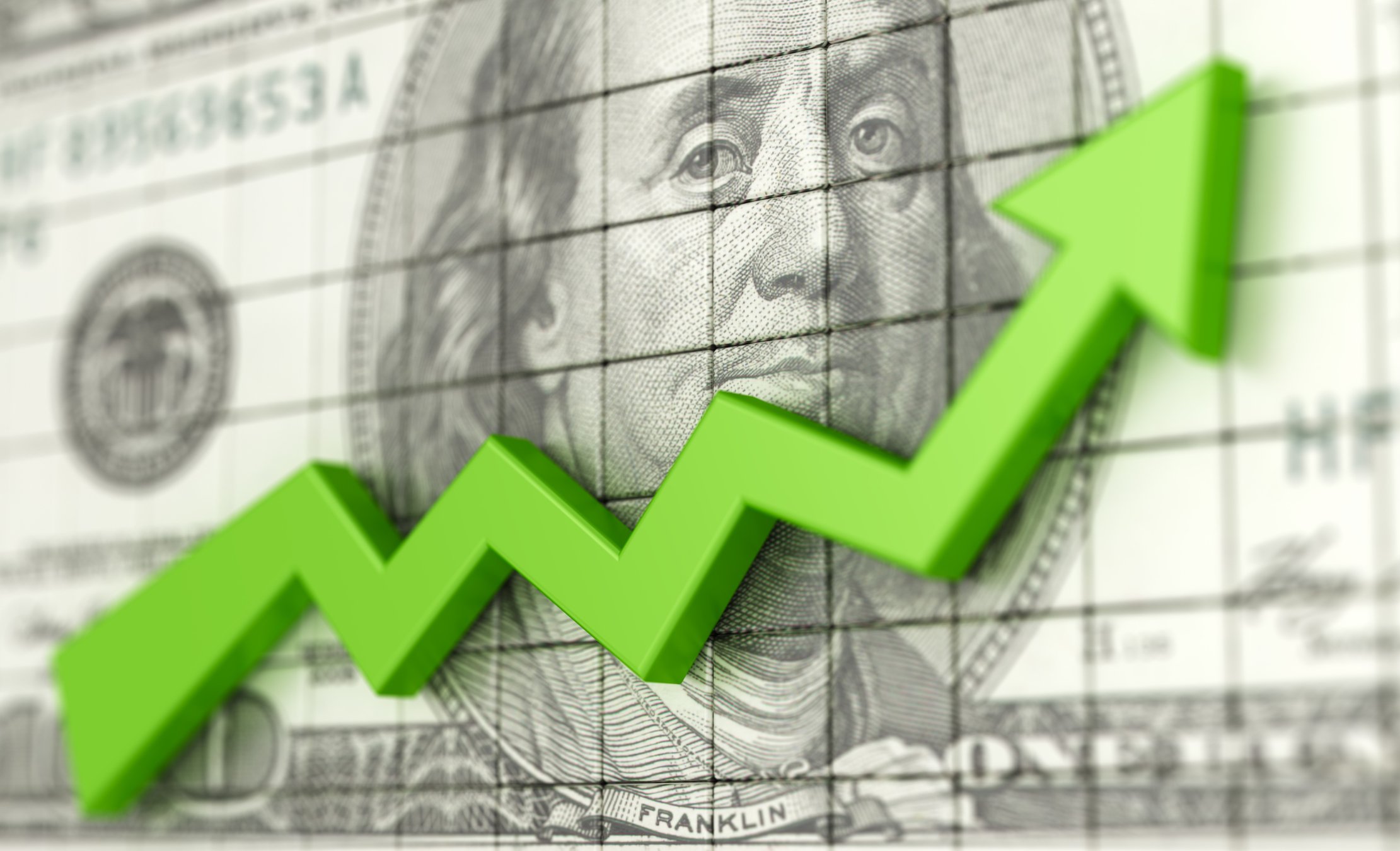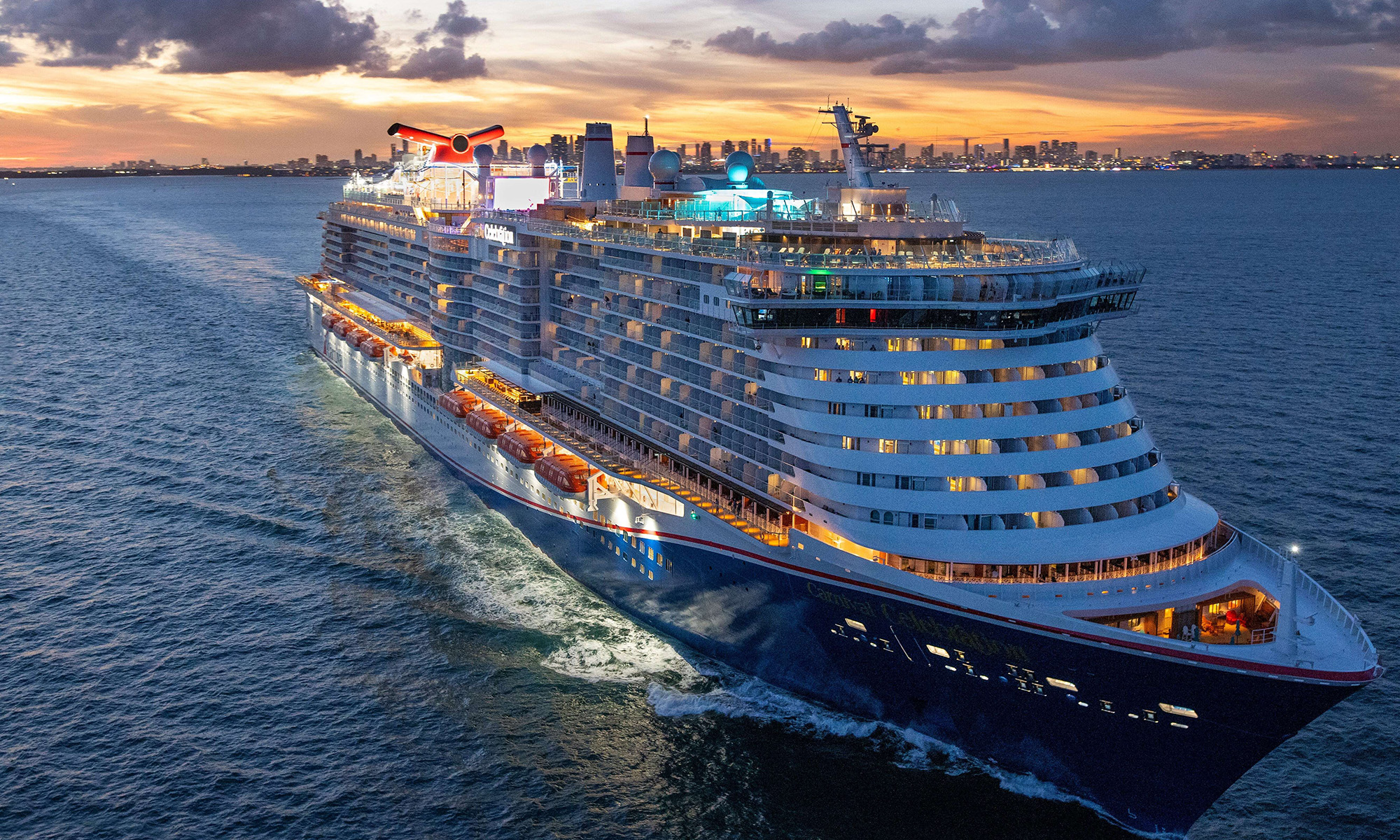The doubt surrounding this stock makes enough superficial sense. The company took on a massive amount of debt to survive the COVID-19 pandemic, after all. While the contagion is now mostly in the rearview mirror, all this debt is still on the balance sheet.
There are a couple of important details the market's just not taking heed of, however, that make this name a compelling buy.
The company? Leisure cruise outfit Carnival Corp. (CCL +0.10%). Here's the deal.

Image source: Getty Images.
Carnival, up close and personal
There's the Carnival you know ... the one consisting of a fleet of 29 boats offering affordable vacation experiences promoted with some rather engaging advertising. Then there's the Carnival you probably don't know. That's brands like Princess, Holland America, Costa, AIDA, and Cunard, which operates the Queen Elizabeth and Queen Mary 2. All told, the corporation owns 93 different ships offering a wide array of travel experiences at a range of price points.
They're all in the same proverbial boat, of course, by virtue of all being part of the same organization that amassed about $24 billion worth of new long-term debt during and because of the coronavirus contagion that's costing it roughly $2 billion in interest payments per year. For perspective, the company's generating about $25 billion in annual revenue right now, roughly $2 billion of which is converted into net income. Carnival's current market cap also stands at just over $30 billion.

NYSE: CCL
Key Data Points
This snapshot of the company's condition and capitalization isn't exactly compelling. Indeed, that's a big reason shares still trade well below their pre-pandemic peak -- investors are just fearful that the cruise company may never shrug off the pandemic's impact, particularly if economic weakness stifles consumerism.
There's some other relevant information worth considering here, however.
Carnival has an encouraging past, present, and future
Getting straight to the point, despite all of its presumed problems and pitfalls, Carnival is doing fine. It's doing great, in fact.
Take its first-quarter results as an example. Record-breaking revenue of $5.8 billion was up 7.5% year over year, doubling operating income thanks to improved operating margins.
And Q1 wasn't a one-off event. These numbers extend reestablished growth trends that are expected to persist at least through the remainder of this fiscal year. Its advanced bookings for the rest of the fiscal year remain at record highs reported for last year. That has pushed total customer deposits up to a record-breaking $7.3 billion as of the first quarter. In fact, last quarter and the start of the quarter that end in May were so strong that the company opted to raise its full-year guidance despite what seem to be economic headwinds. What was initially expected to be per-share earnings in the ballpark of $1.70 has since been raised to a bottom line of approximately $1.83 per share. All told, analysts are collectively calling for Carnival's sales to grow on the order of 4% this year, pumping up profits at a considerably faster pace.

Data source: StockAnalysis.com. Chart by author.
What gives?
As it turns out, while consumers may be tightening their belts and purse strings in some ways, in other ways, they're not. When it comes to travel and experiences, for instance, people aren't skimping even if they are adjusting how they're getting the most bang for their discretionary travel buck. Deloitte's most recent ConsumerSignals survey indicates that 53% of U.S. adults still plan on taking a vacation this year despite the concerning economic backdrop, up from 48% at this point in 2024.
And cruising is one of the most likely ways they'll vacation for one overarching reason.
There is an industrywide tailwind pushing Carnival forward
Dollar for dollar, maritime leisure cruises provide vacationers with the best return on their investment. Food, lodging, and transportation to and from tourist destinations are combined into a single, cost-effective package.
And plenty of people are still biting. In its recently published outlook for 2025, the Cruise Lines International Association predicts a record-breaking 37.7 million people will take an ocean cruise this year, up 9% from last year's count of 34.6 million, and en route to 41.9 million cruisers in 2028. The organization notes that these travelers are also opting to take longer cruises, in addition to taking more total cruises.
The biggest impediment to the business's growth? Mostly a lack of boats, including for Carnival.
But that's changing, too. The company expects to take delivery of three more ships between now and the end of 2028, with an average of two new boat deliveries per year beginning in 2029.
That's a lot of additional -- and expensive -- capacity. It's not apt to be a costly problem, however. The Cruise Lines International Association highlights that only 2.7% of the world's international travel and tourism is leisure cruises. This leaves a ton of room for further market penetration. And in this same vein, industry research outfit Precedence Research believes the global leisure cruise market is set to grow at an annualized pace of just under 6% through 2034, held back only by the industry's lack of capacity to build boats faster.
Don't fixate on the wrong details
But that debt? It's a legitimate question to raise. It's not quite the concern it's being made out to be though.
Yes, there's a cost to it. It's a decreasing cost though, with Carnival's interest payments falling from just over $2 billion in 2023 to just under $1.8 billion in 2024. It continued to fall in Q1, too, largely because the company continues to pay off these loans early. Over the course of the past year, total long-term debt has been pared back by nearly $2.5 billion, yet the company's still reporting a profit.
It's not an ideal cost structure, but it is sustainable for as long as the company needs it to be while it whittles down its long-term liabilities.
And as for Wall Street and interested would-be investors, we've seen this stock make a shallow recovery from its 2022 bear market low. It's lagged the overall market though, bogged down by the obvious concerns. Now dig deeper. The stock's trading at less than 13 times the company's full-year earnings guidance of $1.83 per share, which is a bargain price for nearly any company, but a tremendous value for a company as reasonably and reliably profitable as this one is.
And for what it's worth, at least some Wall Street analysts see it. Most of them still rate this subpar performer a strong buy, while supporting a consensus price target of $27.69, nearly 20% above the ticker's present price. That's not a bad way to start out a new trade.





